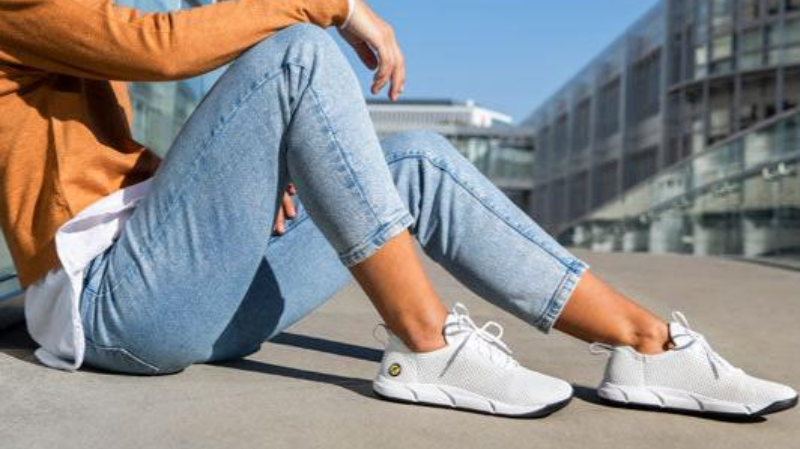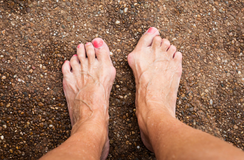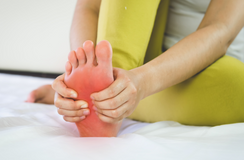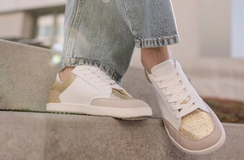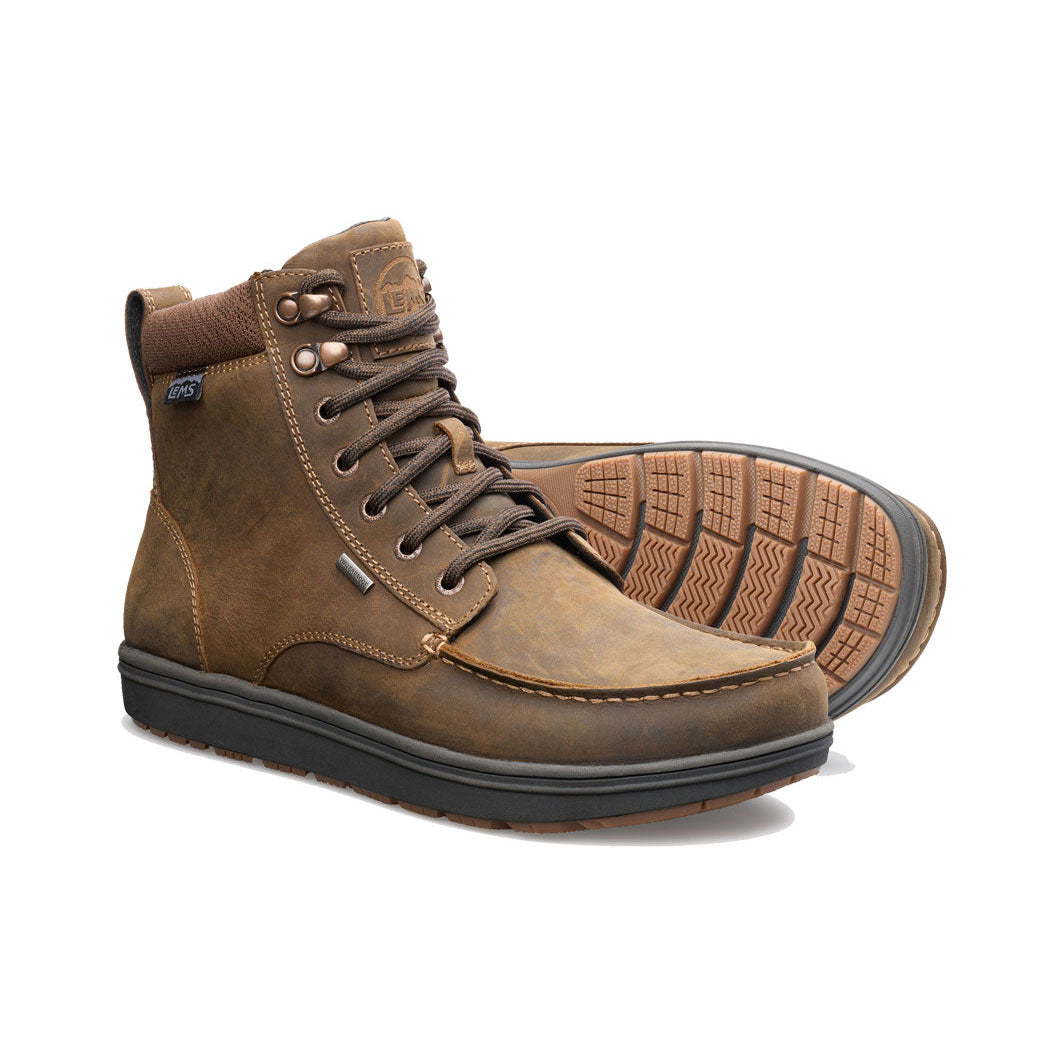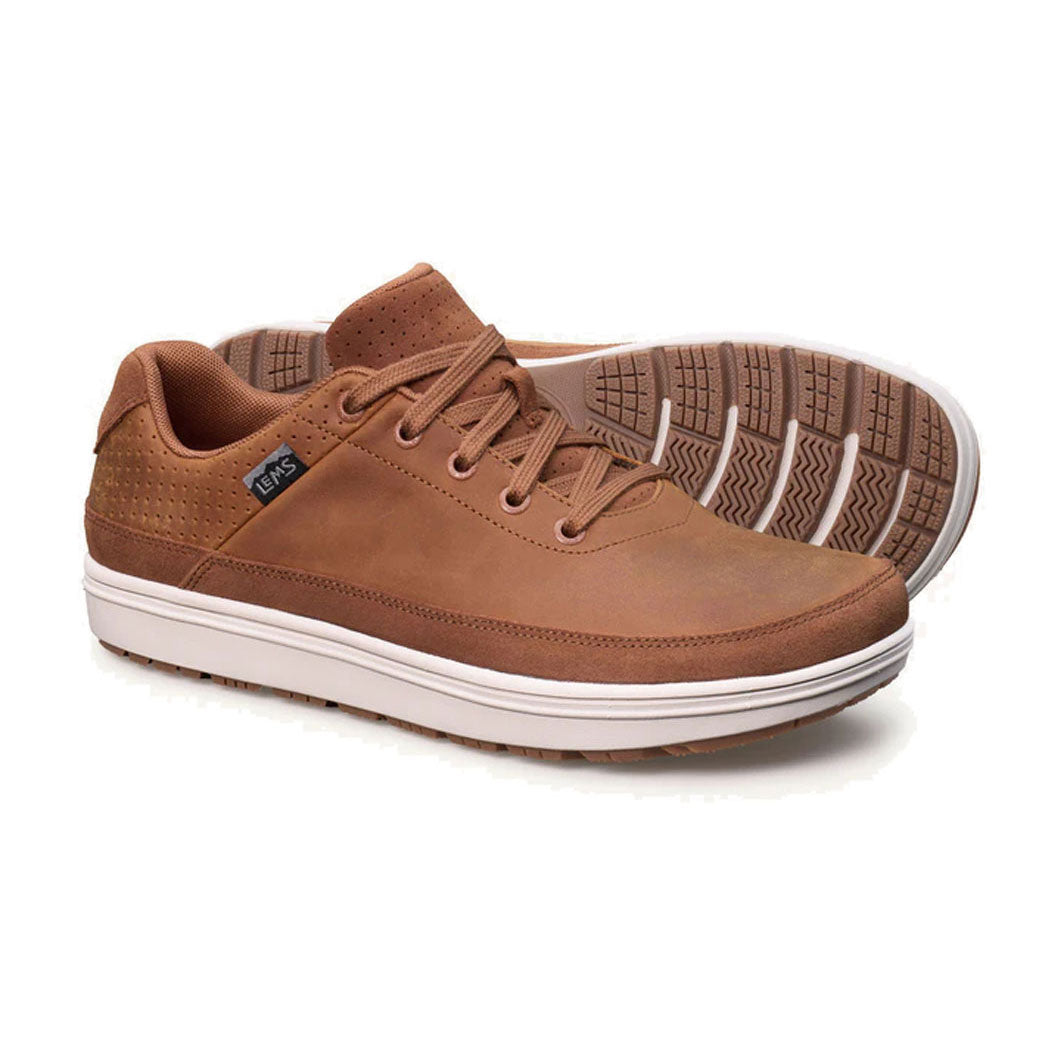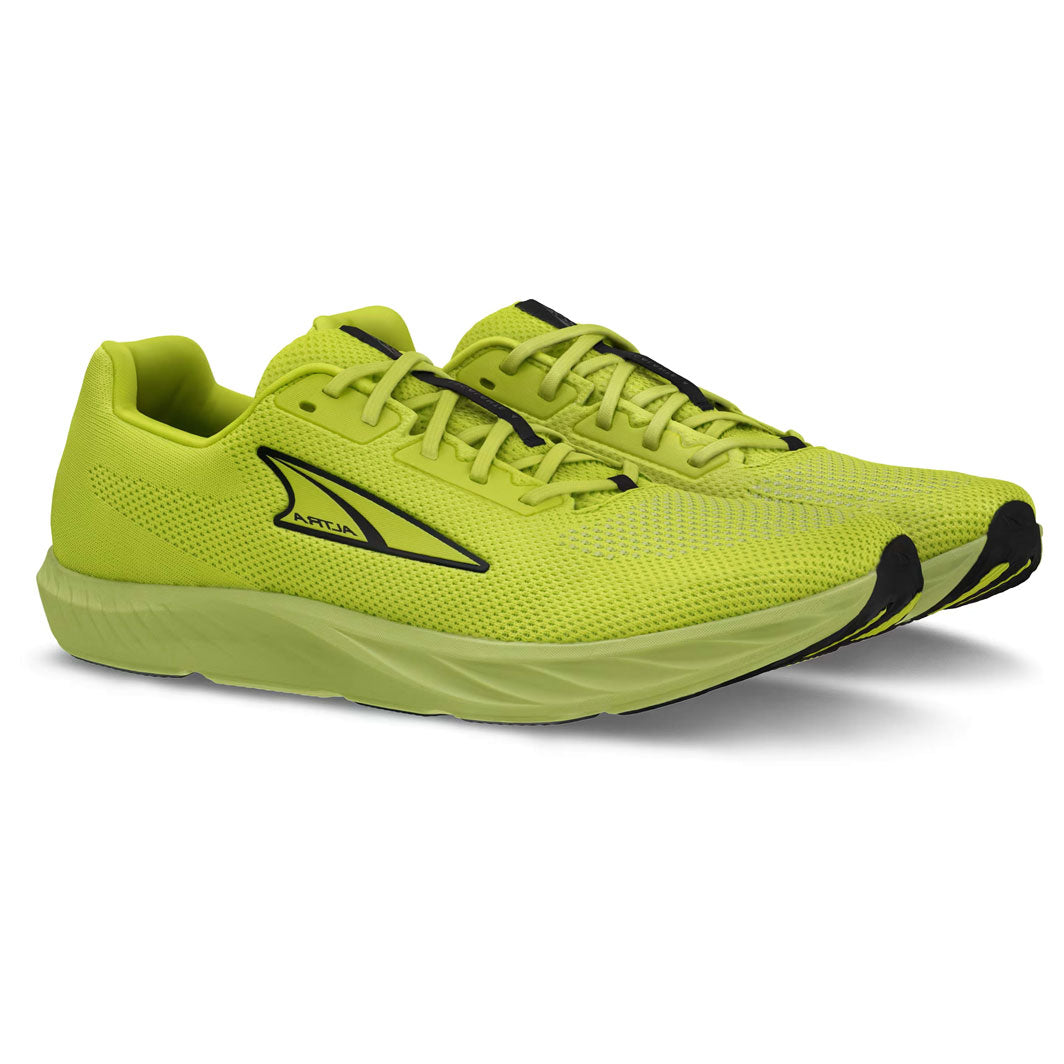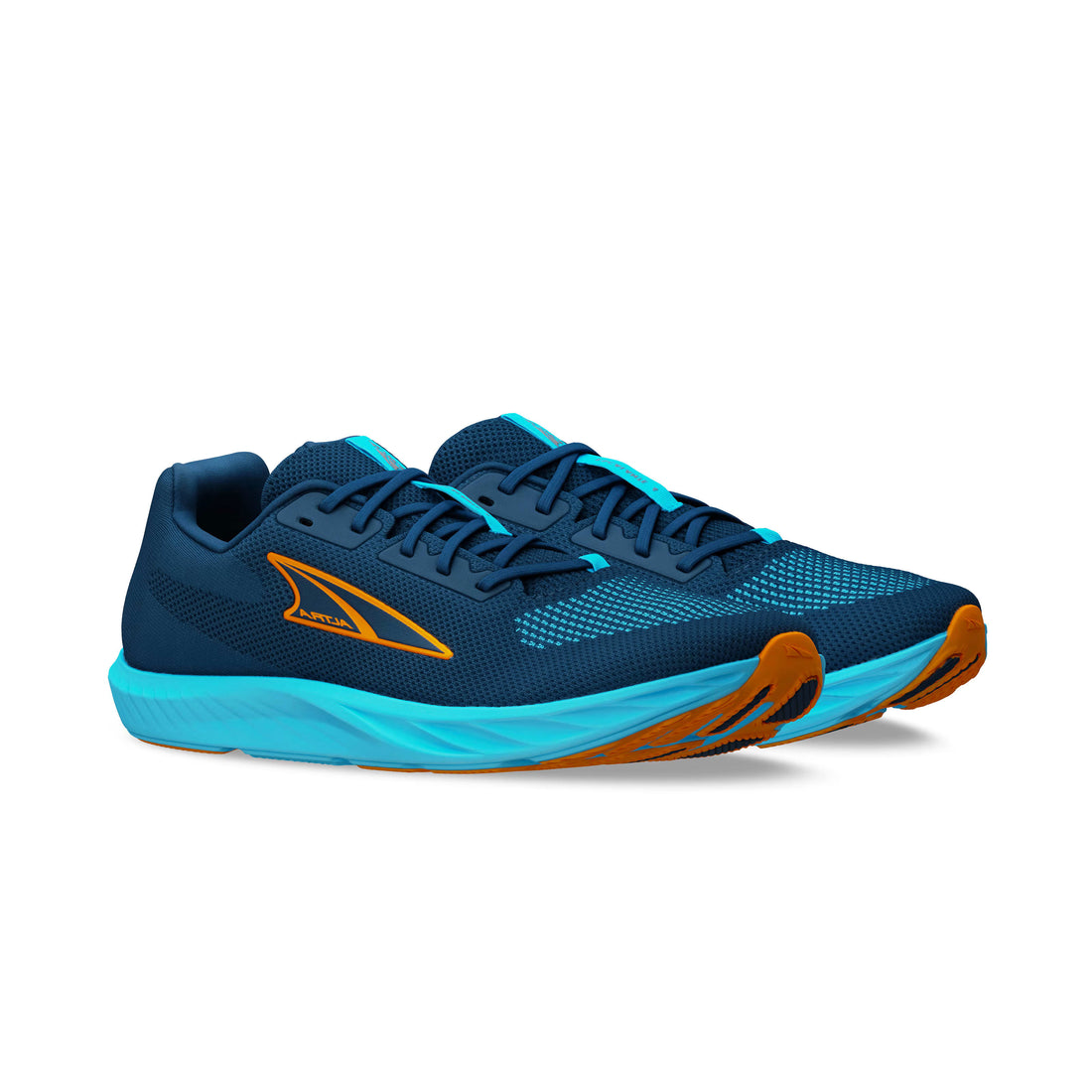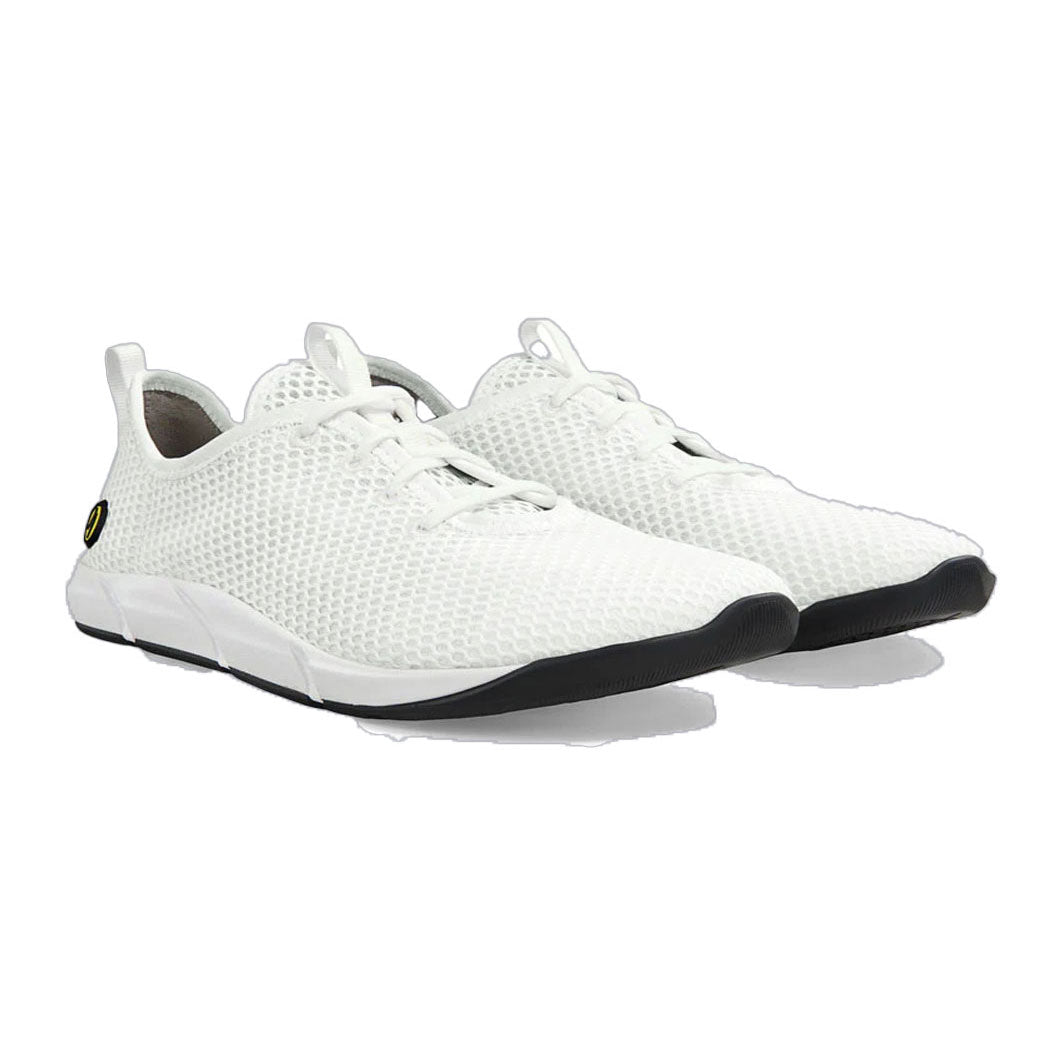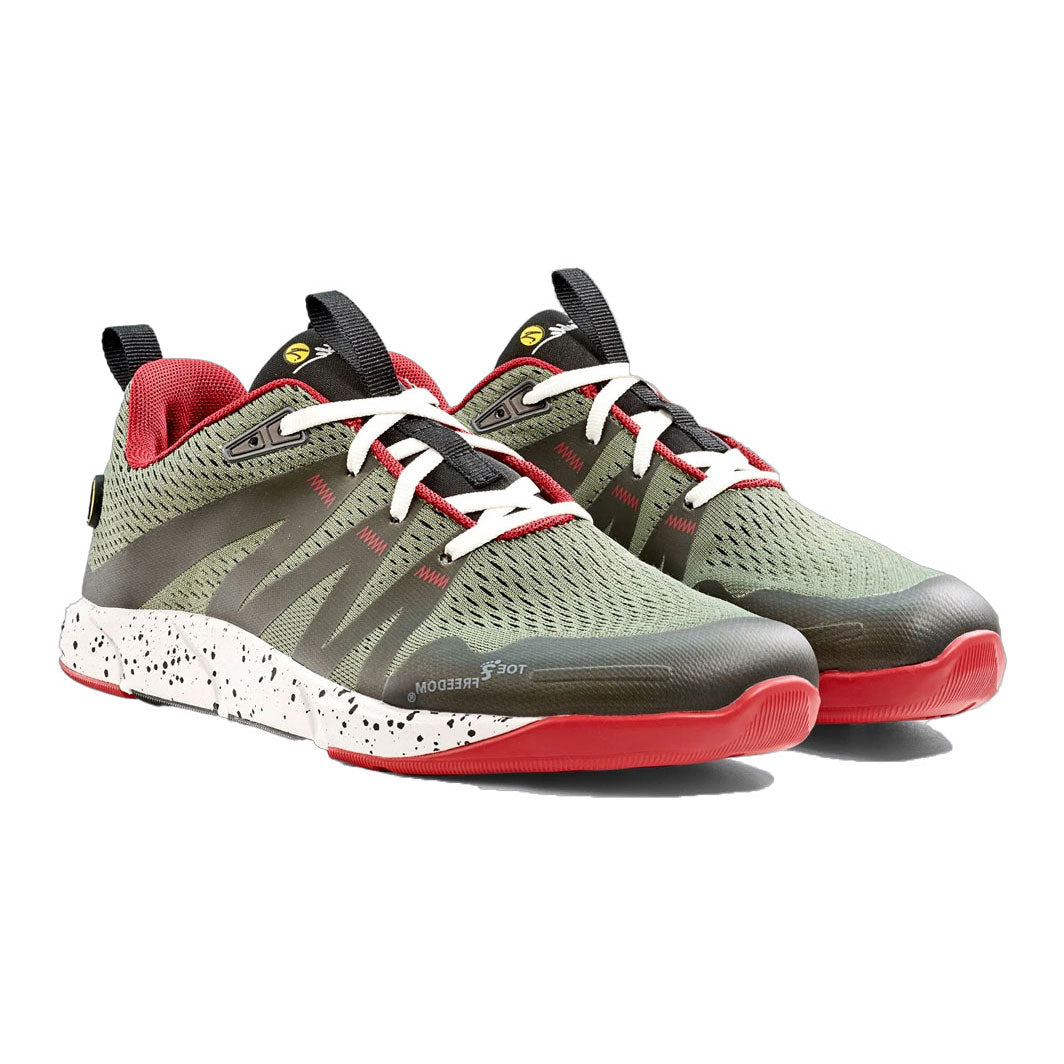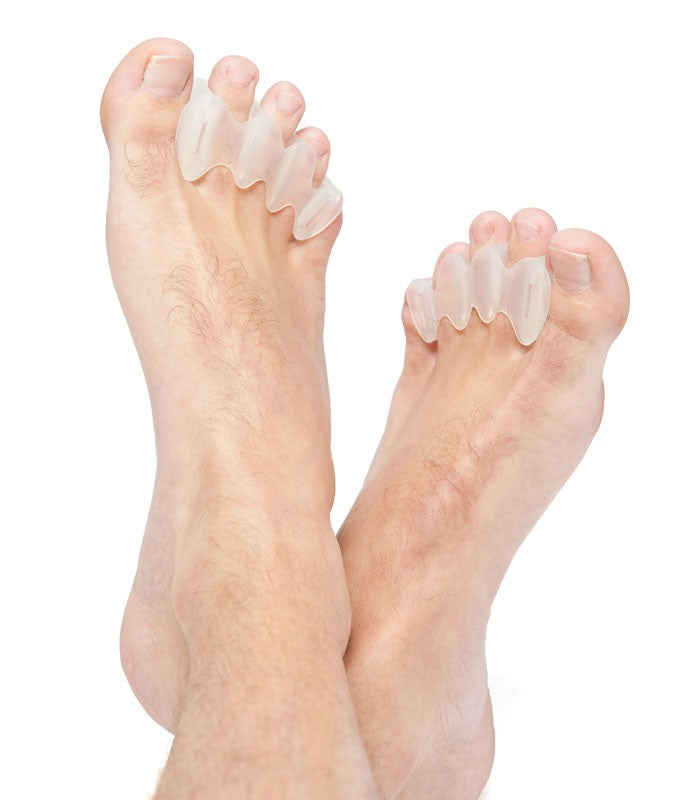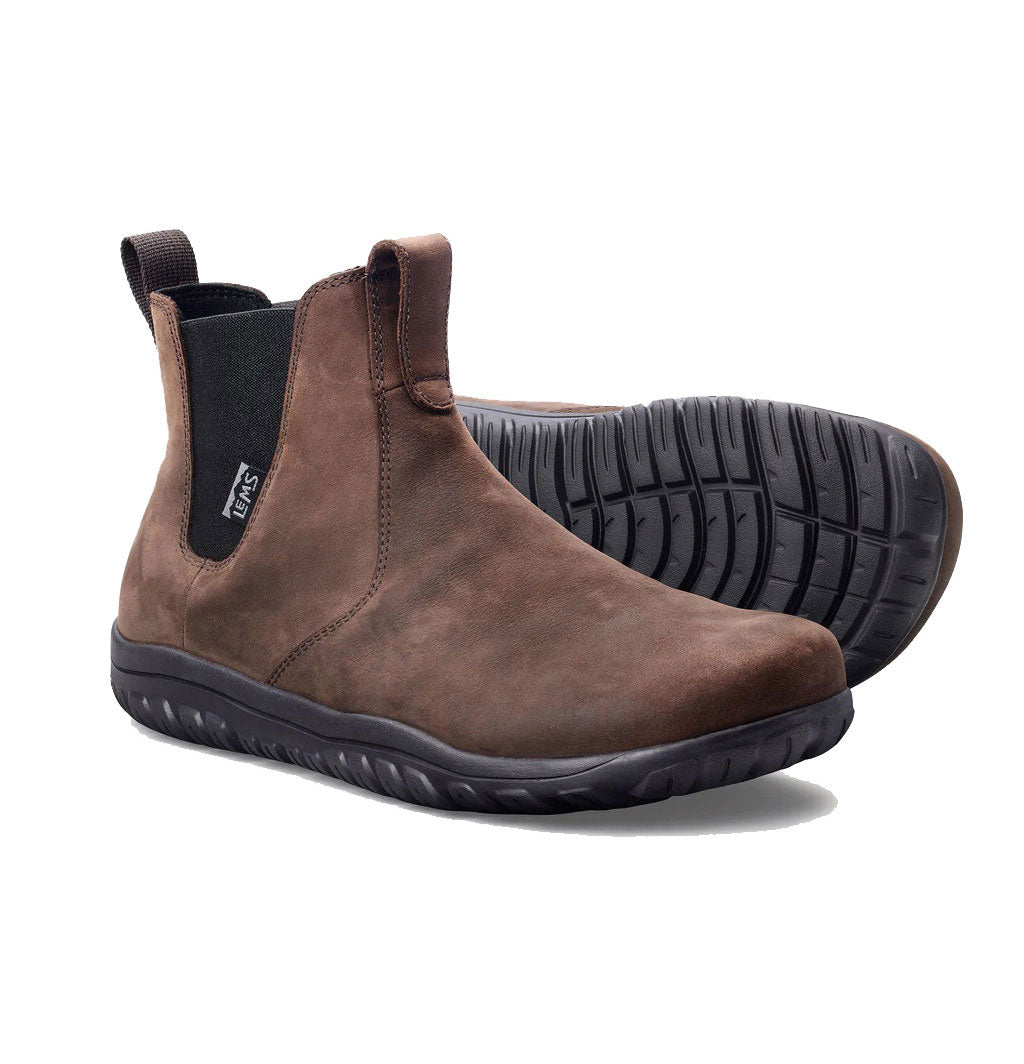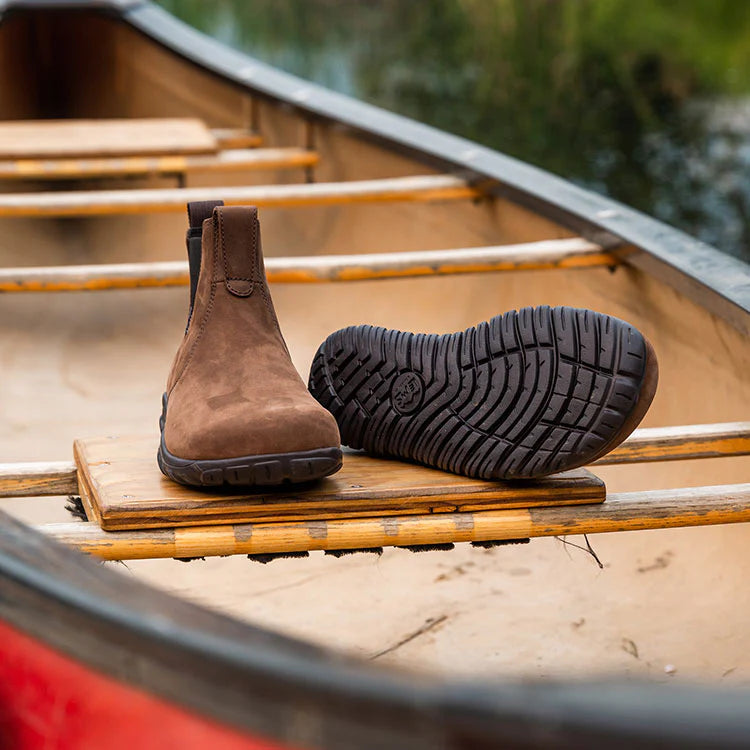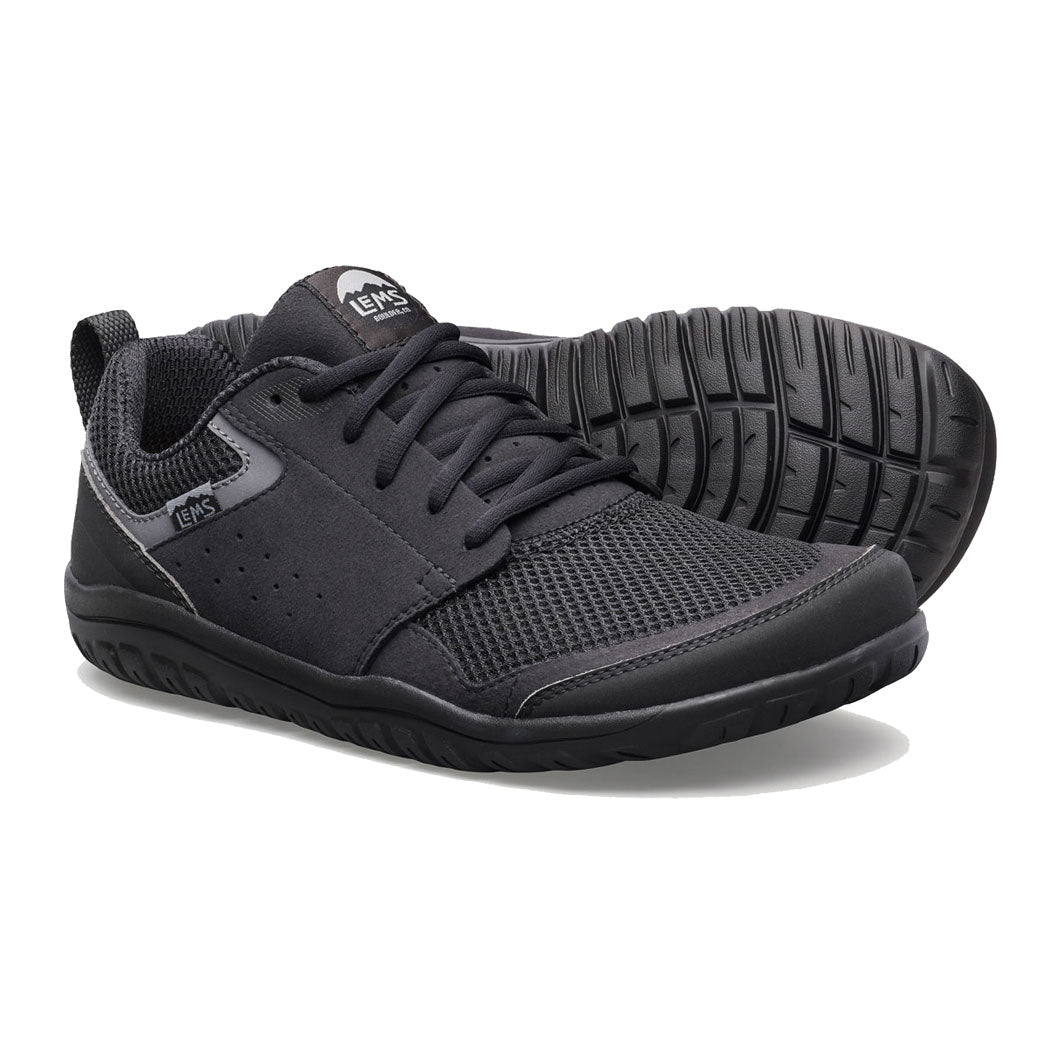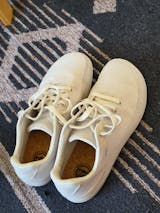Barefoot shoes have gained serious attention in the world of health, fitness, and foot wellness. But with rising popularity comes a flood of misconceptions — from fears about a lack of support to worries over injury risks. So, are barefoot shoes really better for your feet, or is it all just a trend?
In this article, we’re tackling the top myths about barefoot footwear to help you make an informed decision. Whether you’re exploring your first pair or comparing barefoot shoes vs traditional sneakers, this guide will help you separate fact from fiction.
What Are Barefoot Shoes?
Barefoot shoes are designed to mimic the natural shape and function of the human foot. Unlike traditional footwear that often narrows the toe box or includes high arch support and thick soles, barefoot shoes allow your foot to move and feel more naturally.
Key features include:
-
Wide toe box for natural toe splay
-
Thin, flexible soles for better ground feel
-
Zero drop from heel to toe for improved posture
-
Lightweight and breathable materials
Explore our barefoot shoes collection to see the range for every lifestyle — from running to casual wear.
Myth 1: Barefoot Shoes Don’t Provide Enough Cushioning
Reality: The idea that more cushioning equals better protection is outdated. While it might feel comfortable at first, over-cushioning can interfere with your foot's natural shock absorption system.
-
Your feet have built-in cushioning — including fat pads under the heel and forefoot.
-
Barefoot shoes allow your muscles and arches to actively support your body, rather than passively relying on padding.
-
A gradual transition gives your body time to adapt to less cushioning, reducing impact injuries over time.
Looking for a smooth transition? Start with brands like the Lems Shoes — they’re great for easing into barefoot movement.
Myth 2: You Need Arch Support to Prevent Foot Pain
Reality: While arch support is often recommended, it may actually weaken your arches in the long term. Think of it like wearing a cast — it immobilises the muscles instead of strengthening them.
-
Barefoot shoes encourage active use of foot muscles, helping rebuild strength in your arches over time.
-
Studies have shown that walking in minimalist footwear can increase foot muscle size and reduce pain.
If you suffer from plantar fasciitis or flat feet, transitioning to barefoot shoes may help, but it’s crucial to do it gradually. Read more in our blog on how barefoot shoes help with foot pain.

Myth 3: Barefoot Shoes Increase Injury Risk
Reality: Any shoe worn incorrectly — or transitioned to too quickly — can cause discomfort or injury. Barefoot shoes are no exception. However, research shows that once adapted, they can actually reduce injury risk by improving balance, posture, and foot strength.
-
A 2021 study found that foot strength increased by over 60% after several months of wearing minimalist shoes.
-
Improved proprioception (your body's sense of movement and position) can reduce trips and falls.
Insight: Injury often comes from form breakdown, not footwear. Barefoot shoes make you more aware of how you move.
Myth 4: Barefoot Shoes Are Only for Runners or Athletes
Reality: While popular in running communities, barefoot shoes are for everyone — from toddlers to retirees. In fact, kids’ barefoot school shoes are becoming a top choice for parents focused on healthy foot development.
Use barefoot shoes for:
-
Casual daily wear
-
Hiking and outdoor adventures
-
Strength training or yoga
-
Office wear (yes, we have stylish business barefoot shoes for men)
Myth 5: Barefoot Shoes Look Strange or Unfashionable
Reality: The barefoot shoe world has come a long way. You’ll now find sleek, modern designs that suit every outfit and occasion — from casual sneakers to chelsea boots and minimalist sandals.
Customer favourites include:
-
Lems Shoes - Known for their clean, versatile silhouettes and zero-drop soles, Lems offers everything from everyday lifestyle sneakers to travel-friendly boots that look as good as they feel.
-
Altra Running - Designed for performance and posture, Altra shoes feature foot-shaped toe boxes and balanced cushioning, perfect for runners and fitness enthusiasts who don’t want to compromise on appearance.
-
Joe NImble - Blending German engineering with urban style, Joe Nimble creates barefoot shoes that are sleek, sophisticated, and foot-friendly—ideal for workdays and weekends alike.
No matter your style, there’s a barefoot shoe that’ll help you move naturally and look great doing it.
How to Transition to Barefoot Shoes Safely

Transitioning is key to success with barefoot shoes. Here's how to start:
-
Start Slow: Begin with short walks and light use.
-
Strengthen Your Feet: Use tools like a massage ball or toe spacers to support mobility.
-
Listen to Your Body: If soreness occurs, rest and stretch.
-
Mix It Up: Rotate between barefoot and transitional shoes until fully adapted.
Are Barefoot Shoes Better? The Verdict
Yes — but with a caveat. Barefoot shoes offer incredible benefits if used correctly. They help restore natural foot function, improve posture, and promote lifelong foot health. But transitioning too quickly or without education may cause discomfort.
Whether you're a curious shopper or ready to buy, we recommend browsing our full barefoot footwear collection to find the right fit for your lifestyle. Don't forget to check our toe socks and shoe care kits to complete your barefoot journey.
Final Thoughts
Barefoot shoes aren’t a fad — they’re a return to how feet are meant to move. The myths surrounding them often stem from outdated beliefs about foot support and cushioning. With the right approach, barefoot shoes can transform not just how your feet feel, but how your whole body moves.
So next time someone says, “Aren’t those bad for your feet?” — you’ll know better.



